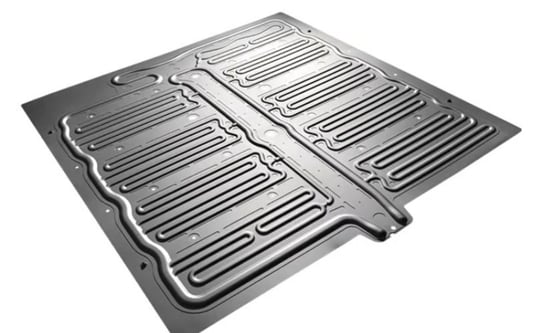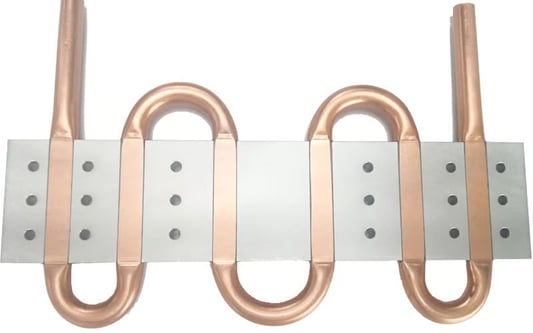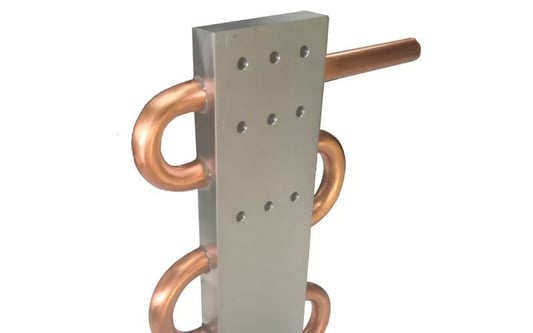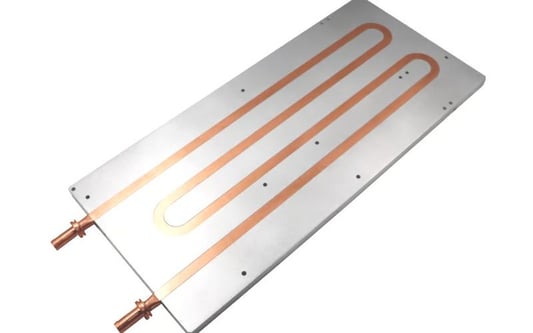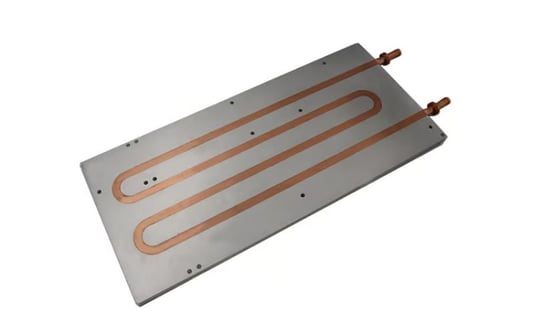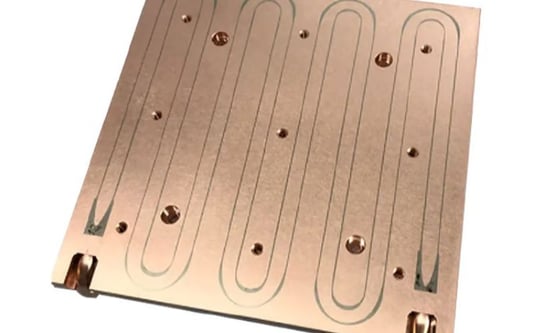IntroductionWhen it comes to electronic cooling solutions, custom cold plates offer a range of benefits that can’t be found in off-the-shelf options. These plates can be designed and manufactured to meet the unique needs and specifications of various applications, providing a more tailored and efficient cooling solution. In this article, we’ll explore the advantages and applications of custom cold plates in detail.Improved Thermal ManagementOne of the primary benefits of using custom cold plates is that they can significantly improve thermal management in electronic devices. By ensuring the heat generated by the components is efficiently transferred, custom cold plates can help reduce the risk of overheating and system failure. This can ultimately improve the performance and lifespan of electronic devices.Flexible Design OptionsCustom cold plates offer a range of design options that can be customized to meet specific application requirements. Design options can include choosing the plate material, thickness, and the type and placement of cooling channels. This allows for a more tailored cooling solution that can be fine-tuned to meet the unique needs of any given application.Improved ReliabilityAnother benefit of custom cold plates is that they can improve the reliability of electronic devices. By providing a more efficient and reliable cooling solution, custom cold plates can help reduce the risk of system failure or malfunction, potentially decreasing the need for costly repairs and replacements.Wide Range of ApplicationsCustom cold plates can be utilized in a variety of applications, including in power electronics, telecommunications equipment, medical devices, military and defense applications, and more. This versatility makes custom cold plates an ideal solution for a range of industries and applications.Increased EfficiencyCustom cold plates can significantly improve the efficiency of electronic devices by providing a more streamlined and effective cooling solution. Improved efficiency can result in cost savings, reduced energy use, and increased overall performance.High-Quality MaterialsCustom cold plates can be manufactured using high-quality materials, such as copper, aluminum, or stainless steel, which are known for their exceptional thermal conductivity. This ensures that the heat generated by the components is efficiently transferred, enhancing the overall effectiveness of the cooling solution.Better PerformanceBy providing a tailored and efficient cooling solution, custom cold plates can also improve the overall performance of electronic devices. This can be particularly beneficial in applications where high-performing electronic components are required, such as in military or telecommunications equipment.Enhanced Design FlexibilityCustom cold plates offer a range of design options and flexibility that can’t be found in off-the-shelf solutions. This allows designers and engineers to create cooling solutions that are truly unique and optimized for the specific requirements of a given application.ConclusionCustom cold plates can provide a range of benefits, including improved thermal management, reliability, efficiency, and performance. With a range of design options and the ability to utilize high-quality materials, custom cold plates are versatile and customizable solutions that can meet the specific needs of a range of applications.custom cold plates, electronic cooling, thermal management, design options, reliability, high-quality materials, performance, efficiencyThe Benefits and Applications of Custom Cold PlatesDiscover the advantages and applications of custom cold plates. Learn about improved thermal management, design options, reliability, and more.custom cold plates for electronic cooling, benefits of custom cold plates in power electronics, custom cold plates for telecommunications equipment, high-quality materials for custom cold plates, customized thermal management with custom cold plates.Quote InquiryContact us!


